|
Choosing the right hot tub entails more than picking out the prettiest unit that’s within your budget. It’s important to know the basics about a hot tub’s construction, jets, water pump, filtration system, and maintenance in order to choose a spa unit that will be enjoyable and energy efficient. Here is a list of things you should consider before buying a hot tub. 1. Decide between an INSTALLED, INFLATABLE, and IN-GROUND hot tub. Installed hot tubs are made in the factory and are typically located/installed on a patio, deck, cement pad, or other solid surface. Installed hot tubs are made of acrylic, uni-cast (plastic), and wood. Installed hot tubs are also sometimes referred to as portable hot tubs because they can be moved, but they are not as easy to move as soft, inflatable hot tubs. In-ground hot tubs are not portable and they are constructed on-site, often near a swimming pool. Before we get into more detail about those 3 different types of hot tubs, I want to thank TX Susie for our latest Apple Podcast 5 star rating and review. She calls the podcast "so practical". She also says she’d loved to hear more interviews from people who have finished building their homes. So, if you have completed, or almost completed building your home and would like to share your experience on the show, email me at [email protected]. And if you know someone who has built a house that would be a good guest, encourage them to email me so we can learn from their home building journey. Thanks again, Susie, for your kind words and the show suggestion. Okay, let’s talk more about the different types of hot tubs available. Starting with installed spas/ hot tubs. Acrylic: One of the most common types of installed hot tubs uses an acrylic shell. Acrylic hot tubs are popular because of their durability, look, energy efficiency and comfort. The acrylic often has a high-sheen finish in different colors and comfortable, molded seats. The acrylic spa shell and the housing are two separate pieces, so a good amount of insulation can fit between the shell and the surround. A quality, well-insulated acrylic hot tub provides excellent energy-efficiency. Note that most experts suggest you avoid spas with spray foam insulation because the insulation can quickly become waterlogged. Look for an exterior cabinet constructed from weatherproof and UV-resistant materials. Acrylic spas are relatively lightweight, but they are heavier than uni-cast models, which is the next type of installed hot tub we’ll talk about. Uni-cast: Uni-cast hot tubs are also referred to as roto-molded or rotationally-molded spas. They are one piece units made from plastic that’s been heated and molded into the shape of the hot tub. The plastic construction makes them durable and lightweight, but the energy-efficiency is reduced because they have less insulation than acrylic models. They also have a dull, matte finish which is less appealing to some people. Despite these drawbacks, uni-cast hot tubs are popular for their affordable price tag and lighter weight which makes moving and installation easier. The last installed spa on our list is Wood Wood: Wood hot tubs may require some on-site assembly. They provide a more rustic and natural-looking alternative to other types of installed hot tubs. These hot tubs are usually heated by means of a wood-fired heater, gas heater, or electric heater, or some combination of the three. The reason people choose a wood hot tub is the natural, rustic look, not an abundance of jets or options. If you’re shopping for a wood hot tub, you should know that you will likely have to do without some of the features that are commonly available on other types of installed hot tubs. So that was installed hot tubs. Next are inflatable spas. Inflatable hot tubs are soft-sided and made of vinyl. They are the most budget-friendly option and are easy to set up and take down seasonally. But they can be tougher to keep at an optimal temperature and are less durable and more susceptible to punctures. They also have fewer features than acrylic or unicast units. Lastly are In-ground spas. In-ground spas are often, but not always, installed along with a built-in pool. They are usually installed by a pool contractor and are completely customizable. But the seats of an in-ground spa are typically not quite as ergonomic or comfortable when compared to an installed acrylic or unicast hot tub. 2. Choose strategically positioned jets in various massage styles. Typically, more jets will translate to a higher price tag, but more jets are not always better. Some people prefer a more serene spa experience and want just a few jets. But even if you want a more vigorous hydrotherapy massage experience, more jets, in and of themselves, are not necessarily the best solution. Lots of jets are actually ineffective if they aren’t placed in the right spots. Many manufacturers boast about numerous jets, but the variety and location of the jets are usually more important than the number of jets. In fact, higher quality hot tubs usually have lower jet counts, but improved jet size, quality, and variety. There are several types of jets that might appeal to you. Here’s list: -Rotational or rotary jets move water in a circular pattern. -Directional jets can be adjusted to point in any direction so you can target specific spots that need extra attention. -Pulsing jets have a pulsing effect. -Multi-massage jets create individual, high-pressure streams of water. -Pressure point jets provide acupressure-like massage to relieve discomfort and strain. -Kneading oscillator jets provide kneading, massage-like action. -Cluster jets are one of the most basic jets and usually don’t have an adjustable or visible nozzle; they just direct a stream of water into the hot tub. Look for a spa with several different types of jets and make certain that the jets are located where they can target your greatest trouble spots, whether that be your shoulders, neck, back, legs or feet. When possible, sit in the hot tub before you buy it to see how the jet placement lines up with your body. If you need more vigorous hydrotherapy action, look for jets with a high GPM (Gallons Per Minute) rating. More about that in a minute. 3. Compare pump sizes. This pump system is the workhorse of the hot tub. The pump keeps water moving through the hot tub’s filter, heater, and jet system. Some hot tubs with many jets need two pumps. Pumps range from 1/20 of a horsepower up to 3 horsepower. But larger pumps with more horsepower only operate more jets and more powerful jets, they don't increase the jet pressure. If you need more vigorous hydrotherapy action/pressure, use high GPM (Gallons Per Minute) jets. But expect to pay more for a large number of high GPM jets and know that they require a larger pump. 4. Consider the number of people who will be using the hot tub. You’ll not only need to consider the overall size of the hot tub, but also the number of seats you'll need. If just you and your honey will be using the spa, you can get away with a smaller, more affordable 2 seater. But if you want to entertain friends and family, then you’ll obviously need a larger hot tub. The most commonly sold hot tubs seat anywhere from 4 to 8 people, but there are both smaller and larger spa sizes available. Lounge-like seats that allow you to sit back and stretch out will take up more room than standard seats. While this is good if you like to lean back and soak your shoulders in the spa, it could be a downside if you have limited space for a hot tub and many people to accommodate. And be mindful that large spas will obviously need more structural support if installed on a deck without the support of natural ground. 5. Be realistic about how much a hot tub will cost you. Hot tubs range from about $500 for a soft-sided, portable version to $10,000-$15,000 for a deluxe model. And interestingly, some hot tubs are covered by health insurance. Depending on your insurance provider and policy, your health insurance might cover the purchase of a new hot tub if your doctor has prescribed hydrotherapy to treat a medical condition like arthritis, joint injuries or poor circulation. Hot tub extras like multicolored lights, integrated stereo systems, and waterfalls set the mood for the hot tub, but don’t really improve its efficiency or function, so be careful that these extras don’t blow your budget. When considering the cost of a hot tub, don’t forget about the cost of running and maintaining a hot tub. Chemicals, like chorine, used to treat/sanitize a hot tub will cost about $150–$250 a year on average. And running and heating your hot tub can add an extra $10–$20 to your electric bill each month (on average). You can save on that utility bill by making sure you have a good hot tub cover that fits snuggly and is in good condition. You’ll also want a well-insulated hot tub with multiple foam layers of insulation with different densities to maximize energy efficiency and decrease operating costs. 6. Consider the required maintenance. Every hot tub manufacturer provides specific recommendations for care and cleaning of their spa units, but in general, hot tub maintenance involves treating the water regularly with sanitizing chemicals, changing the filter, and periodic deep cleaning that involves draining the tub and flushing the lines. As a general rule of thumb, it’s best to test your hot tub two or three times a week for the levels of chemicals needed. Most systems use chlorine and bromine to inhibit the growth of bacteria. There are also systems supplemented by ozone or saline for sanitation. An ozone based water care system can reduce your use of chemicals and make maintenance a little easier. The ozone works as a natural sanitizer to kill bacteria and other impurities in the water. You should also drain and clean your tub, or have it cleaned, every 3 or 4 months, or more often if you use it frequently. Finally, clean your spa filters each month by soaking them in a cleaning solution and rinsing them afterward. The spa’s filtration system keeps water free from debris and impurities. Most premium hot tubs have a pressure-type filter system. Pressure filtration systems are very effective and fit inside the tub or pump. Cartridge filters, usually made from polyester, are a popular choice for pressure filtration systems because they are so easy to maintain. 7. Choose a 220 volt unit. Although many hot tubs can connect to your standard household outlet with 110 volts of electricity, that amount of power may cause weaknesses in the hot tub’s jet action and heating ability. 110-volts might work for smaller units, but if you want more features, jet power, and heating ability, look for a hot tub with wiring for 220 or 240 volts. You’ll have better temperature regulation, more powerful jets, and increased efficiency when compared to 110-volt models. 8. Realize a hot tub doesn’t last forever. A quality hot tub lasts anywhere from 10 to 20 years if properly maintained. Bargain and inflatable hot tubs have a shorter life span of 5 to 15 years. As you might guess, the life of your hot tub depends greatly on the quality of its materials and construction, and how well it is maintained. 9. Look for a good warranty. When comparing warranties of different brands, pay attention to the warranty terms for the shell and structure, the pump(s), heater(s), plumbing, and other components. Typical warranty periods range anywhere from 2 to 10 years, and occasionally up to a lifetime. Many of the leading manufacturers stand behind their shell and structure for at least 10 years, but offer more limited warranty periods of 5 years or less on heaters and other components. In addition to the duration of the warranty period, consider who will bear the cost for the service call. Some brands have a limited warranty covering a few years of labor. Ok, let's do a couple of quiz questions to review some key points. Quiz: 1. Which type of hot tub is known for all of the following features: durability, energy efficiency, and comfortable seating. A. Acrylic B. Unicast C. Inflatable D. Wood The answer is A, Acrylic. Unicast units are also durable and comfortable, but not so energy efficient. Inflatable units are inexpensive and easily movable, but not durable and not energy efficient. Wood is fairly durable, but not always so comfortable or energy efficient. Wood spas are selected mainly for the rustic look. 2. True or False: The more jets a spa has, the better quality the spa. That’s false. Many times lesser quality hot tubs will have lots of cheap jets with little power and no variety. What you want are a good number of jets with a variety of jet types, including rotational, directional, pulsing, multi-massage, and kneading jets. This variety will give you a multifaceted hydrotherapy experience. And if you want jets with a firm pressure, don’t select more jets, select a spa with jets with a larger GPM (Gallon Per Minute) rating. Well, that’s all I have for you this time. Don’t forget to subscribe to the show so new episodes will go to your podcast library or email as soon as they are published. And if you know someone who needs the information in any of our episodes, you can share those specific episodes with them by text or email. Thanks for listening. I hope you learned as much as I did and I hope you'll stop by for the next episode of BYHYU. Please remember that the purpose of this podcast is simply to educate and inform. It is not a substitute for professional advice. The information that you hear is based the only on the opinions, research and experiences of my guests and myself. That information might be incomplete and it’s subject to change, so it may not apply to your project. In addition, building codes and requirements vary from region to region, so always consult a professional about specific recommendations for your home.
0 Comments
Your comment will be posted after it is approved.
Leave a Reply. |
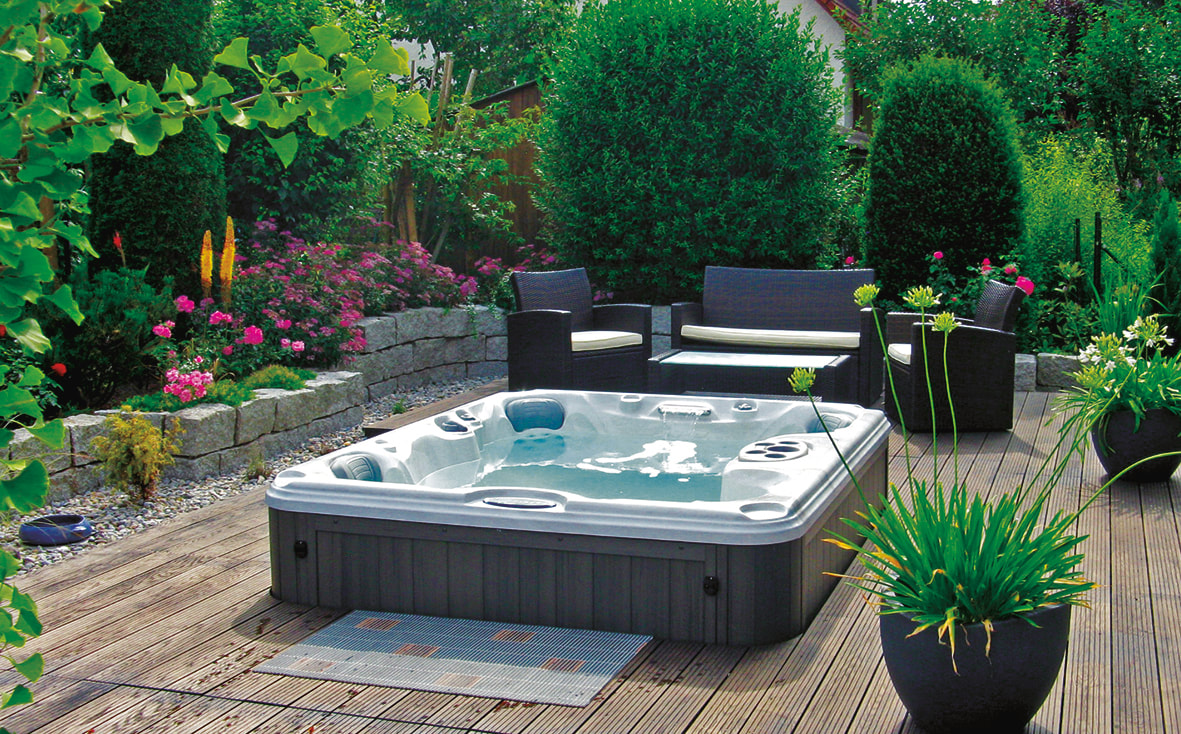
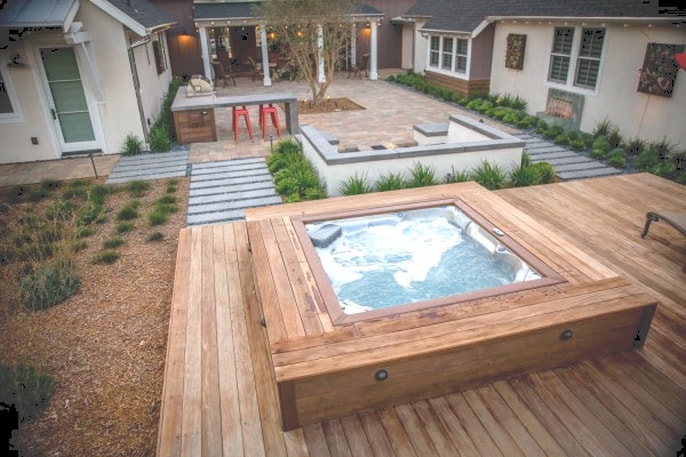
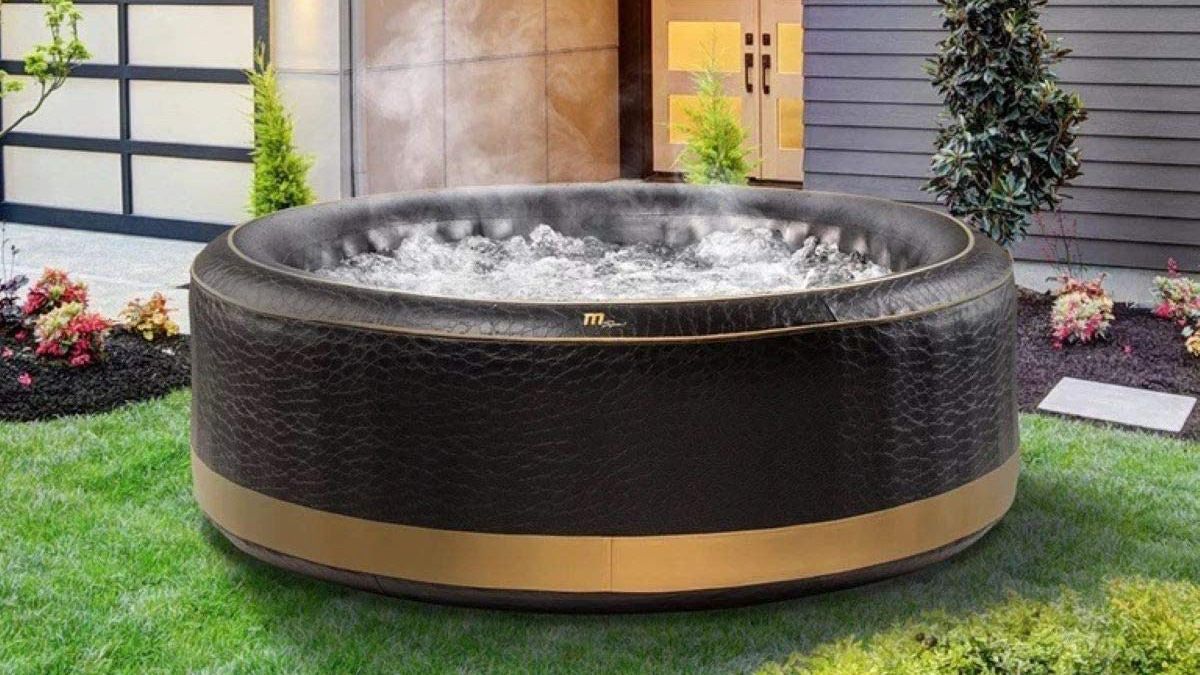
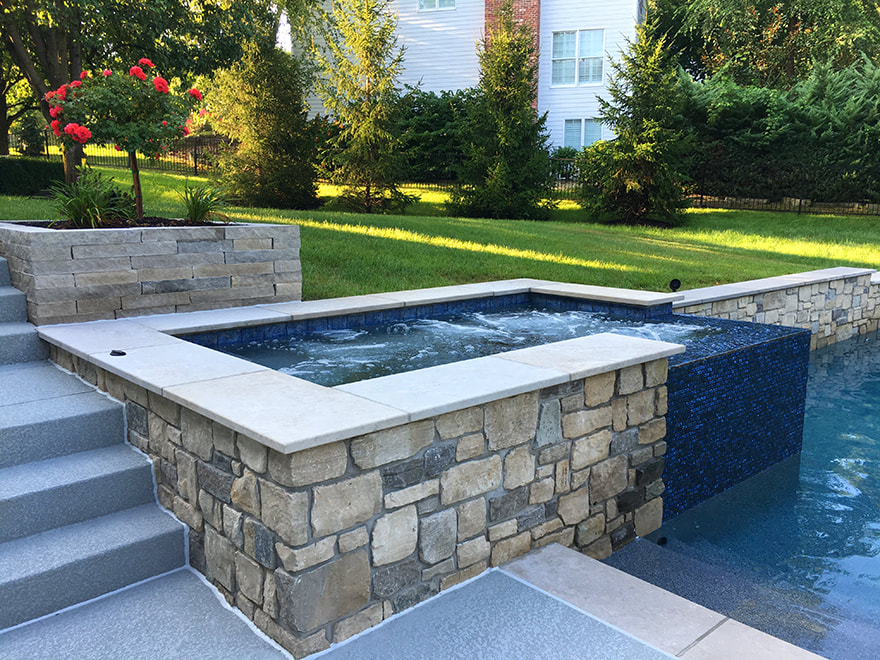
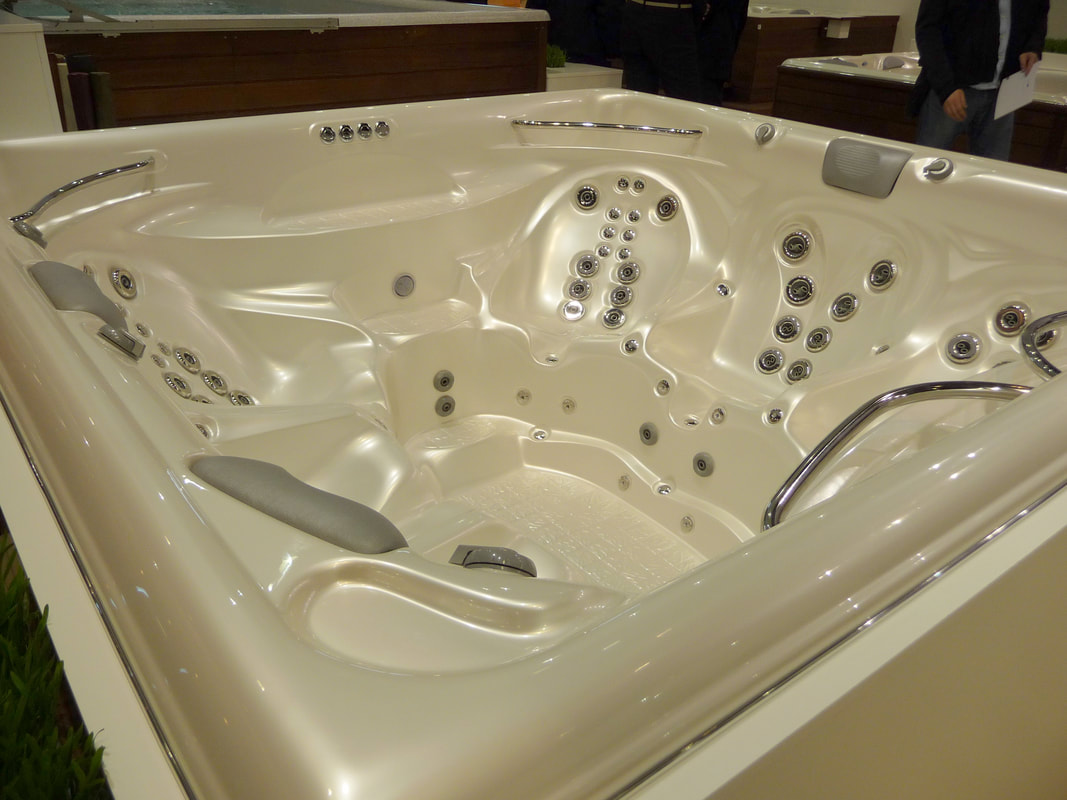
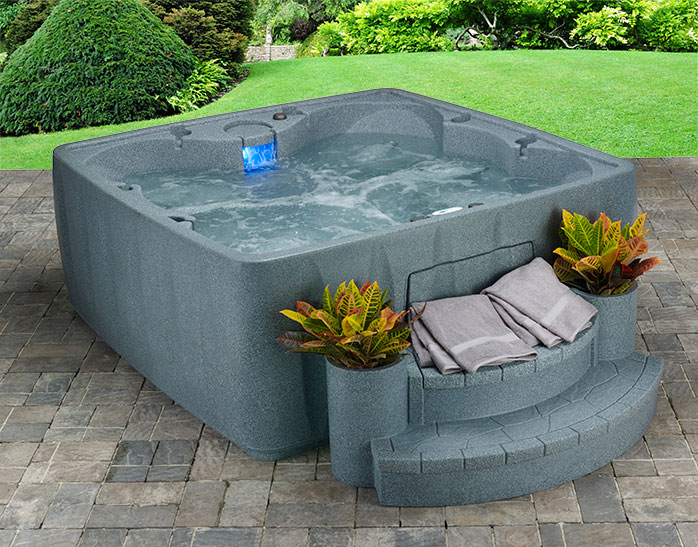
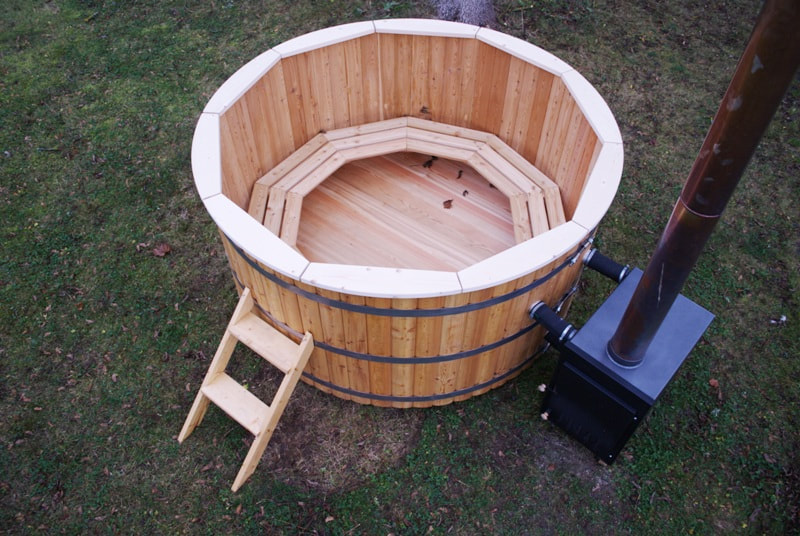
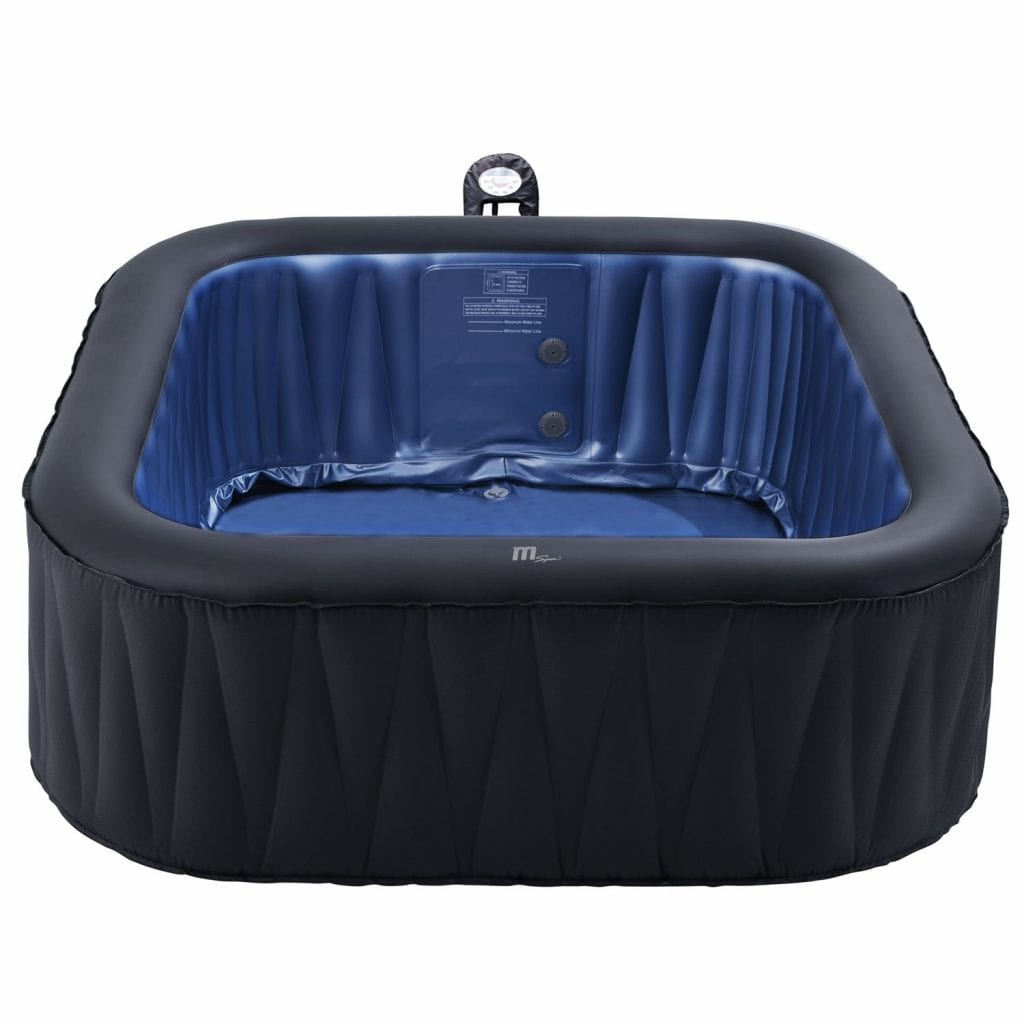
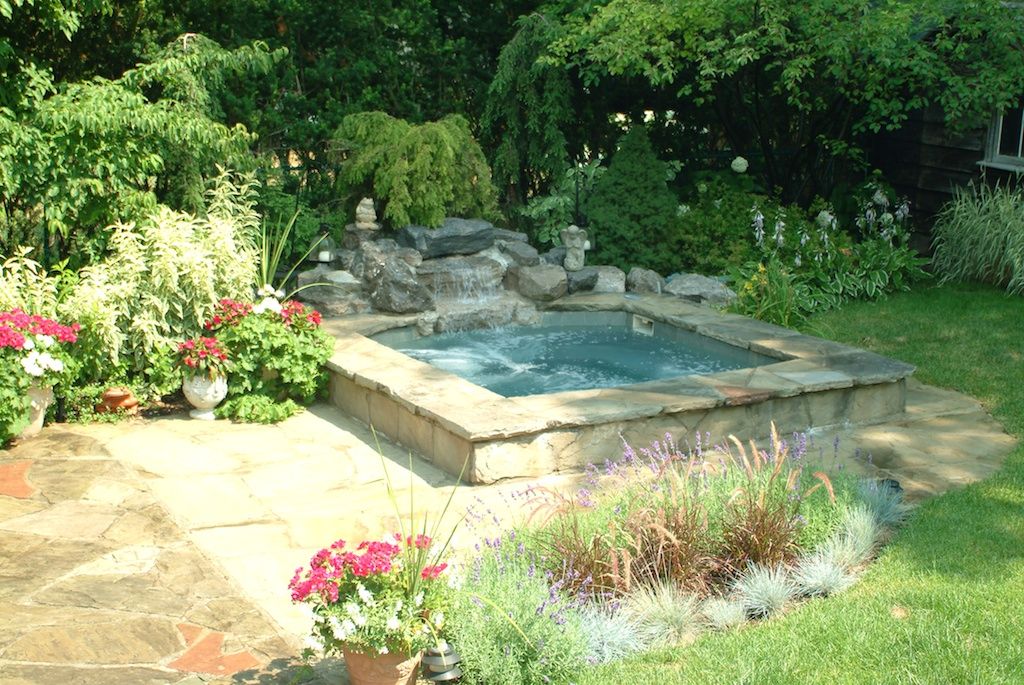
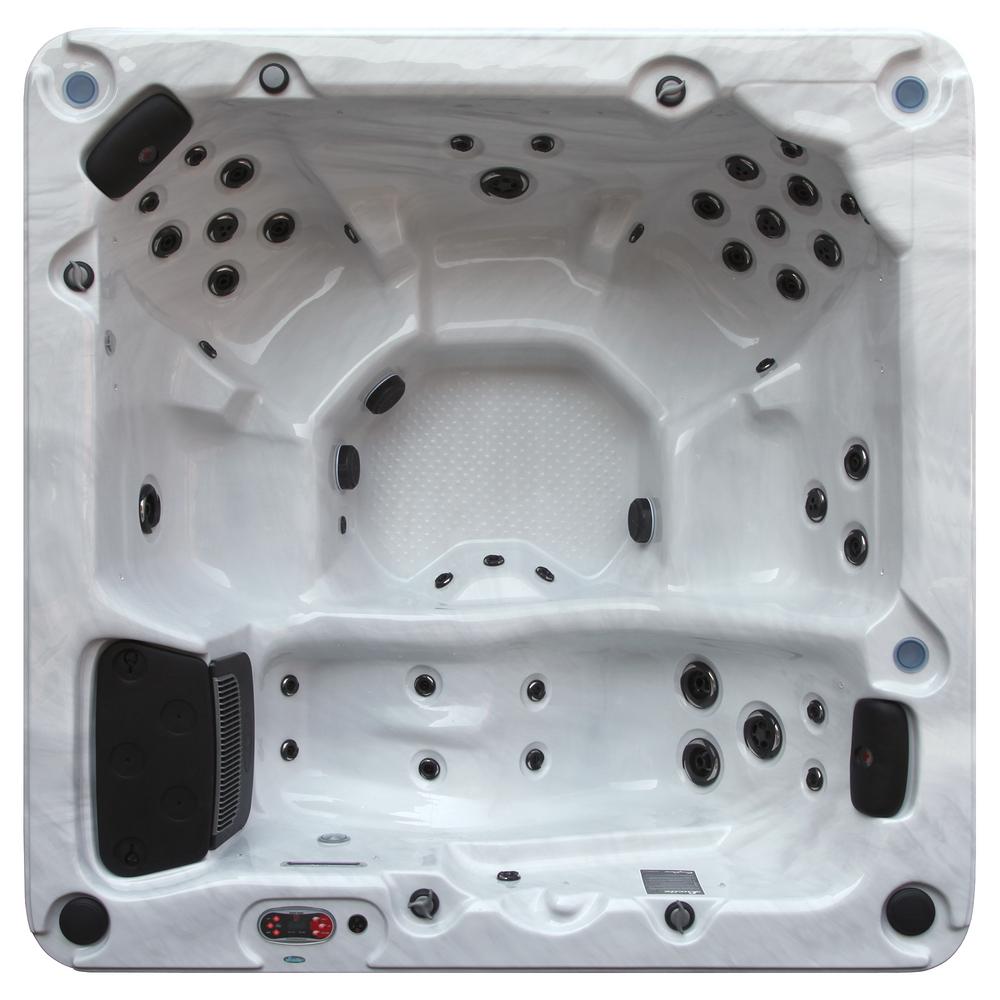
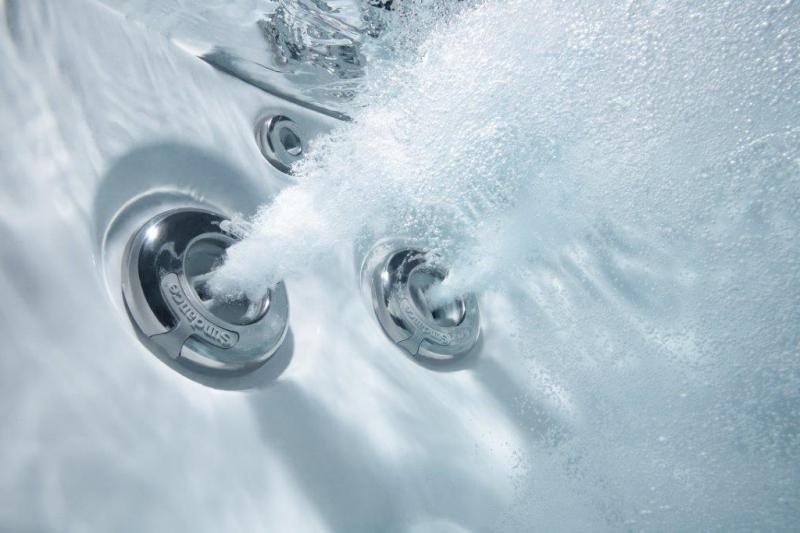
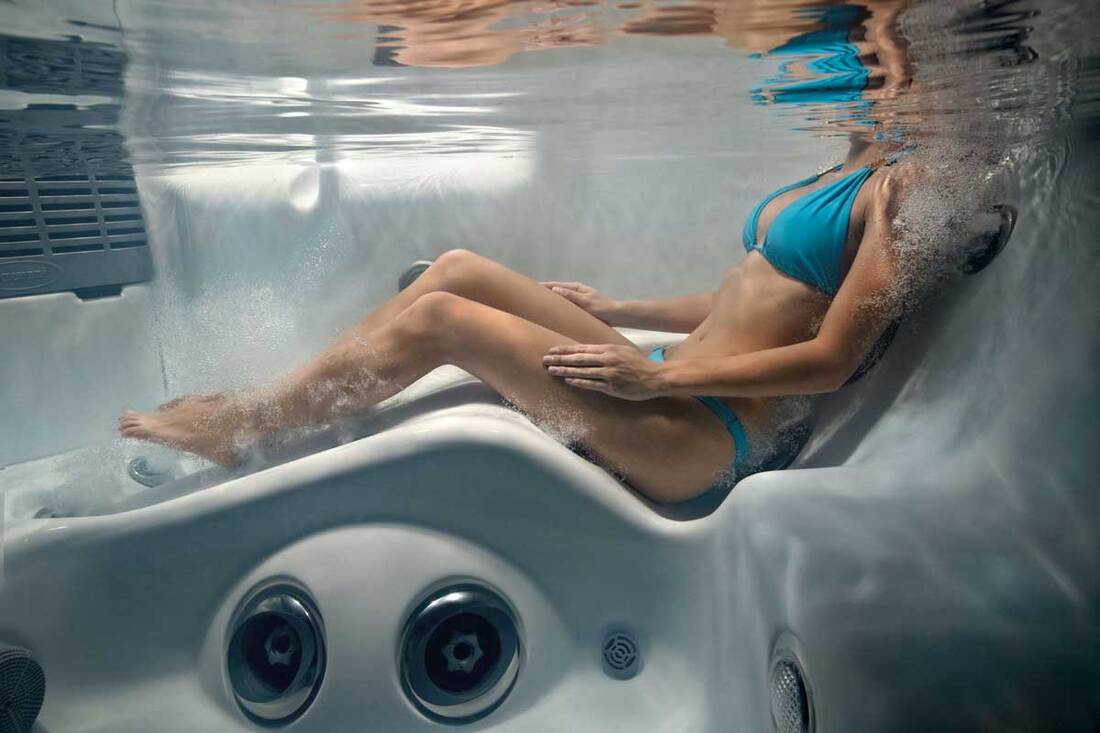
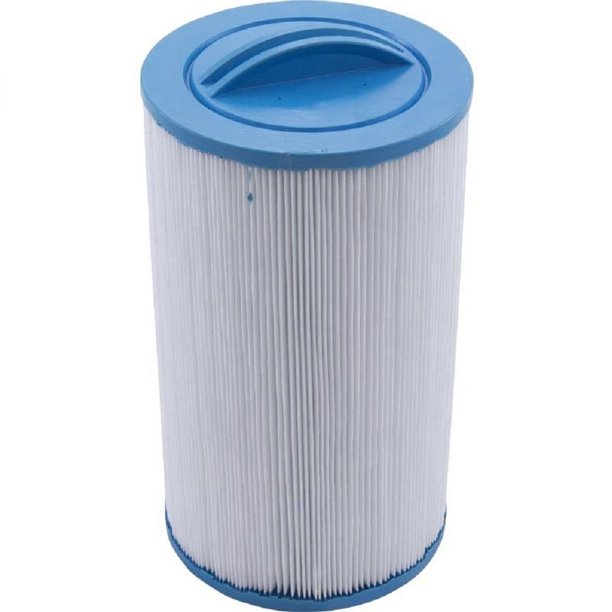
 RSS Feed
RSS Feed